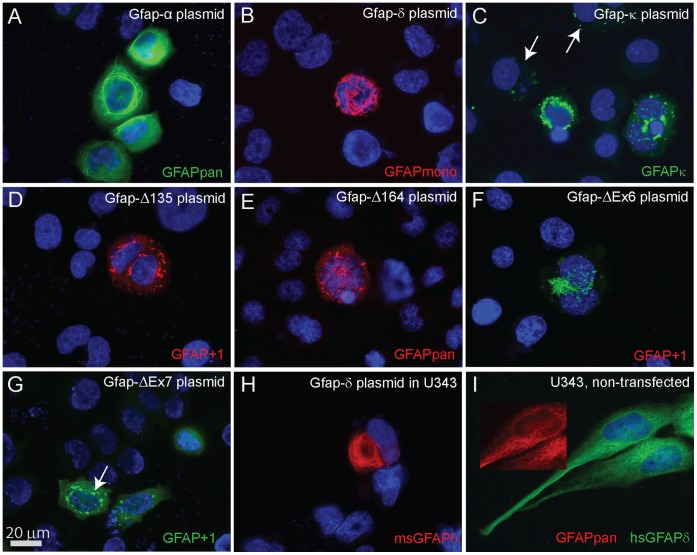Figure 6. Expression of GFAP isoforms results in different IF network morphologies.
Expression of GFAP isoforms in SW13/cl.2 cells. Transfected cultures were double stained with GFAPmono in order to identify successfully transfected cells and with the different GFAP antibodies listed in Table 3. The selection shown here illustrates that GFAPα is the only isoform yielding a network composed of long filaments (A), whereas GFAPδ (B), GFAPκ (C), GFAPΔ135 (D), GFAPΔ164 (E), GFAPΔex6 (F), and GFAPΔEx7 (G) lead to aberrant networks. When msGFAPδ was overexpressed in U343, a human astrocytoma cell line with an endogenous IF network, the resulting msGFAPδ network showed longer filaments (H) (compare with 4B), but this network was different from the much weaker endogenous network of GFAP composed of GFAPα and GFAPδ observed in non-transfected cells recorded at longer exposure time (I).

